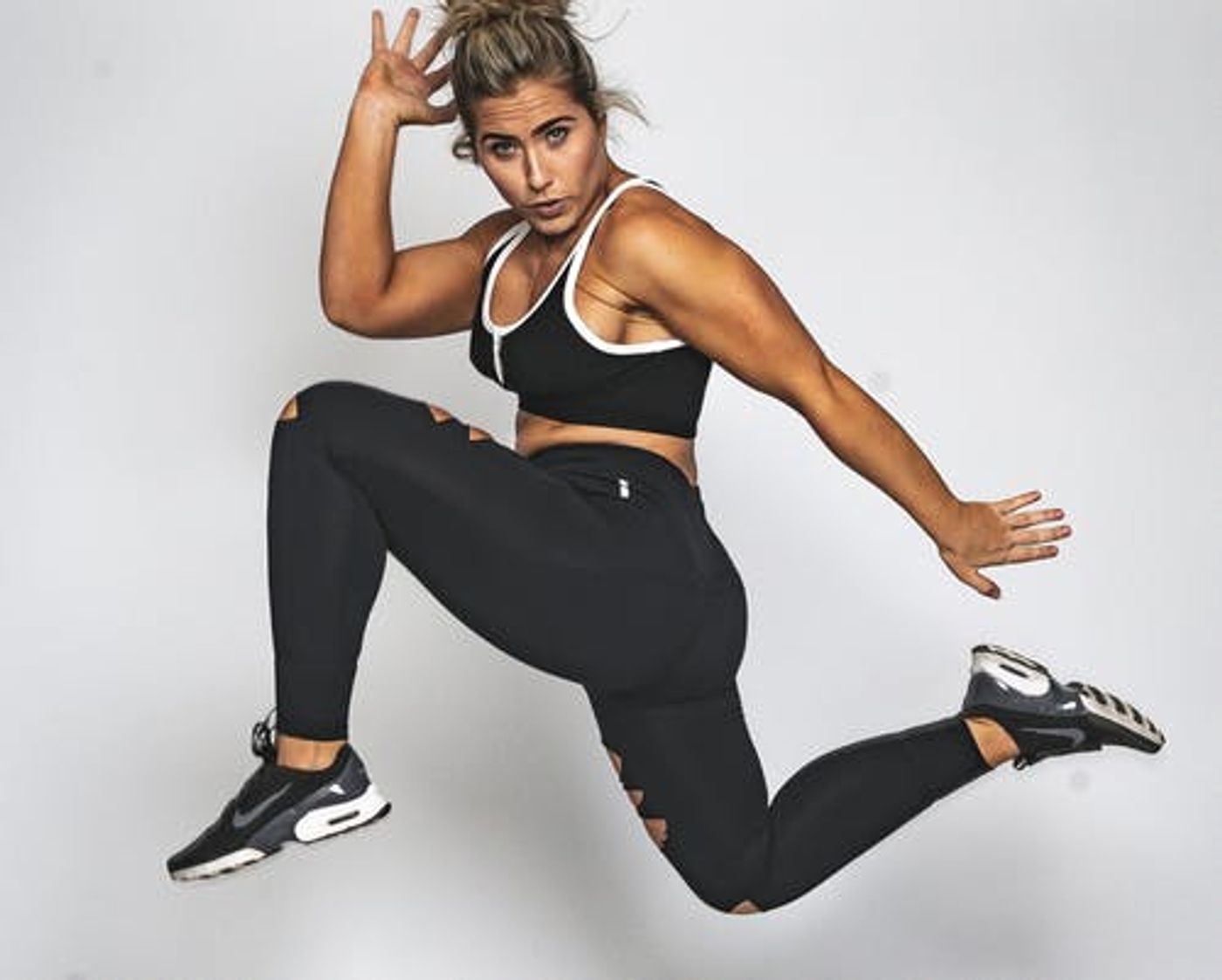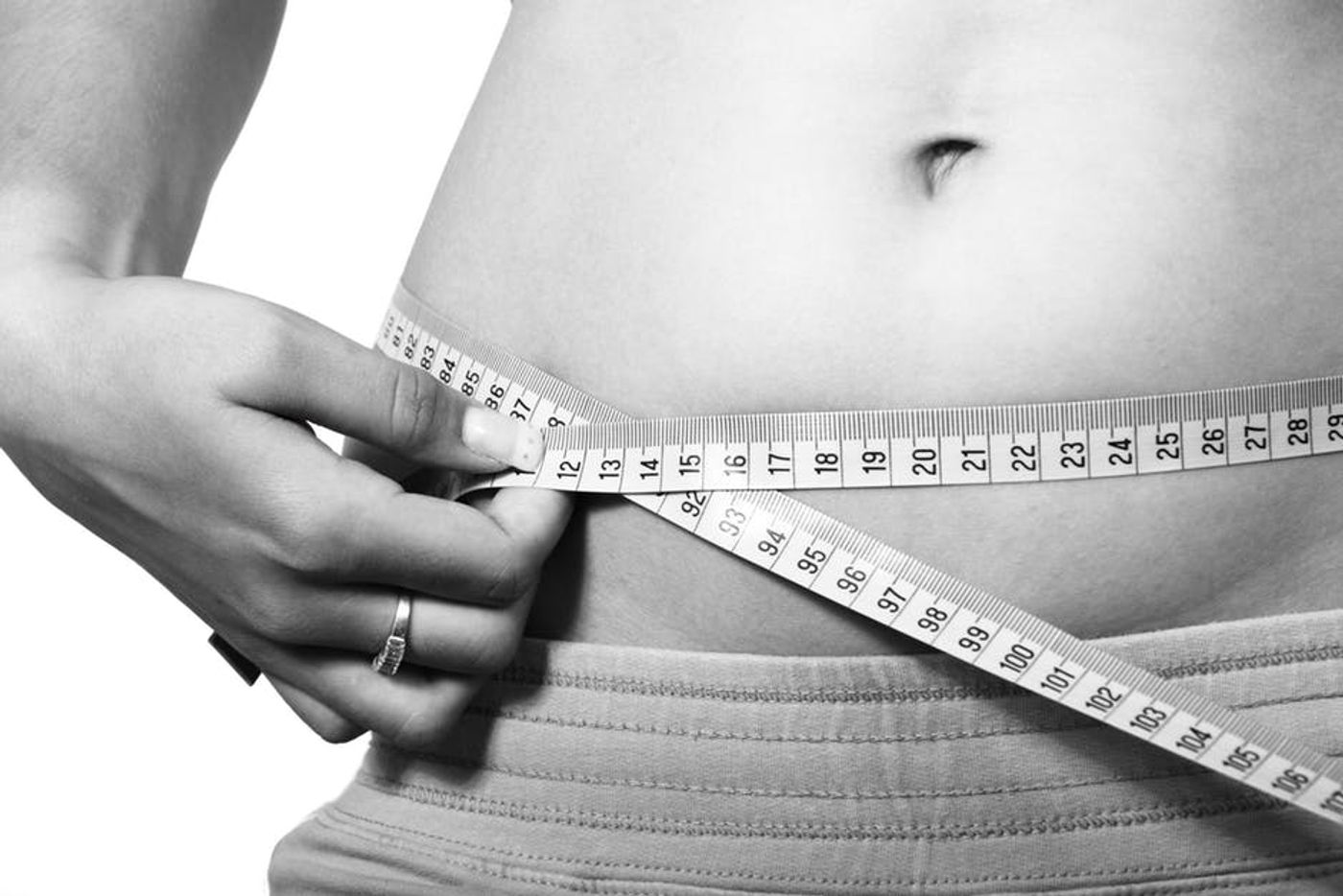Body Mass Index Scores Are Prone To Inaccuracy
Body mass index (BMI) scoring is a highly problematic method of calculating a person's body fat percentage. The BMI chart has wholly neglected to acknowledge that every body is unique. It also doesn’t consider any difference in fat versus lean mass meaning someone who is exceptionally muscular might score as overweight or obese. Additionally, someone who started an exercise program very thin, and gained weight in muscle mass would score on the BMI as increasingly overweight.
What BMI hopes to provide is a ratio of a person's fatty to lean mass. There are a number of ways this is done far more accurately in gyms and exercise science laboratories.
The first and perhaps most accessible of these methods are skin calipers. Costing about $10 a pair these can be found in most gyms. These tests can quickly and easily be done anytime, anyplace. These tools are used to measure the thickness of a number of skinfold sites throughout the body. Various protocols call for different numbers of testing sites, but they generally range from 3 to 7 areas on the body. In addition to being easily found in a gym, these tools can also be used for home testing with proper training on their usage.
One of the downsides of this type of testing is the higher rate of variation between test sessions. It is essential that exercise professionals pinch and measure the same spot on the body each time they test.
The next method is called bioelectrical impedance (BI). These devices range significantly in cost and quality. The most basic being a handheld device that runs on batteries, again easy to find in many gyms. At the high-end of the spectrum, devices with multiple electrodes on a scale-type device often with handheld and other electrodes might be used. Although these devices may be accessible at the gym or purchased for home use, readings can be influenced by a variety of factors. These factors include water intake, recent meals and recent workouts all which alter readings. It’s recommended that people using this method of testing try their best to recreate the testing conditions of previous tests for optimal results.
The next method is often considered the gold standard for calculating body composition. Hydrostatic weighing is a process by which exercise physiologists submerge a person entirely in water and compare their weight to their weight when immersed. This can be uncomfortable for test subjects who must force as much air as possible from their lungs and sit still while completely submerged. In addition to the discomfort, these tests are hard to find outside of very specialized gyms and exercise physiology labs. Even if they are available in your area, testing is expensive when compared with other techniques.
There are a few other techniques that may be used to measure body composition like a dual energy x-ray absorptiometry (DEXA) scan or an air displacement plethysmography both of which are highly accurate but even less likely to be found locally than hydrostatic weighing.
Whatever option is available to you, accurate body fat percentage measurements are important baseline measures. Not only can improvements be documented and celebrated, but these insights into changing body composition can also be incredibly motivating for exercisers on their journey towards a healthier weight.











